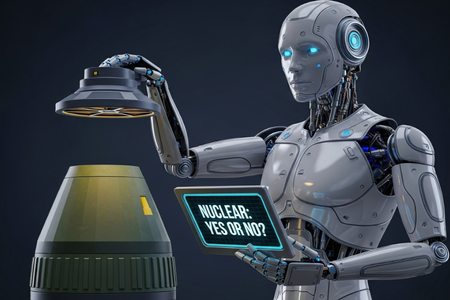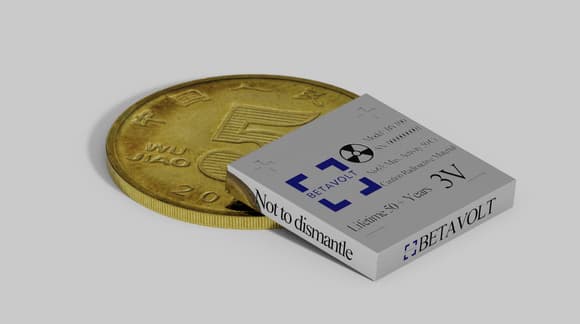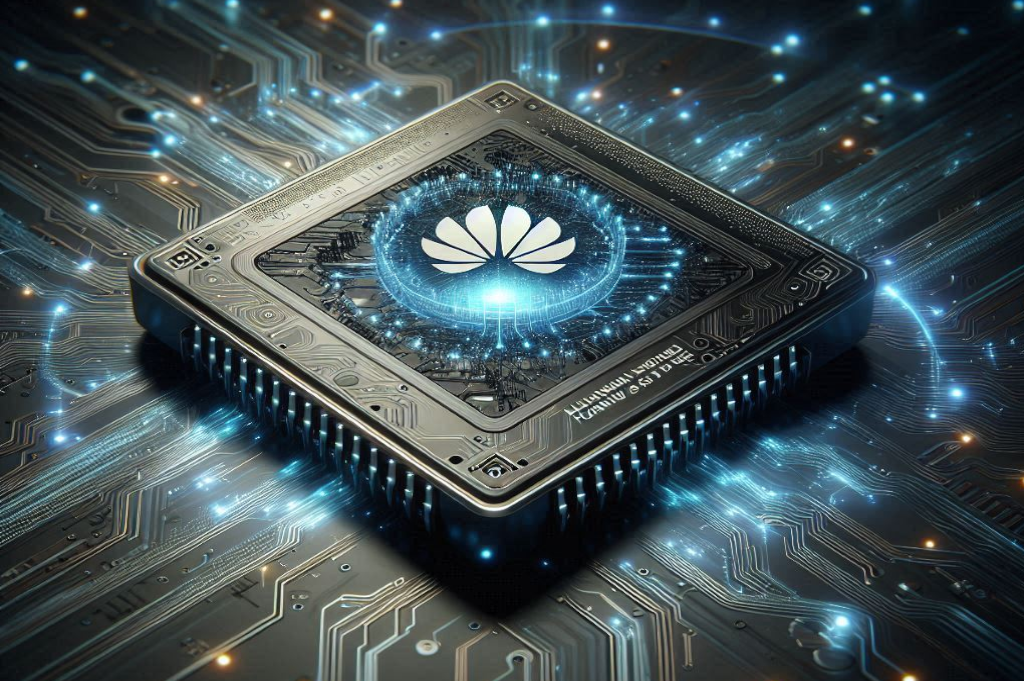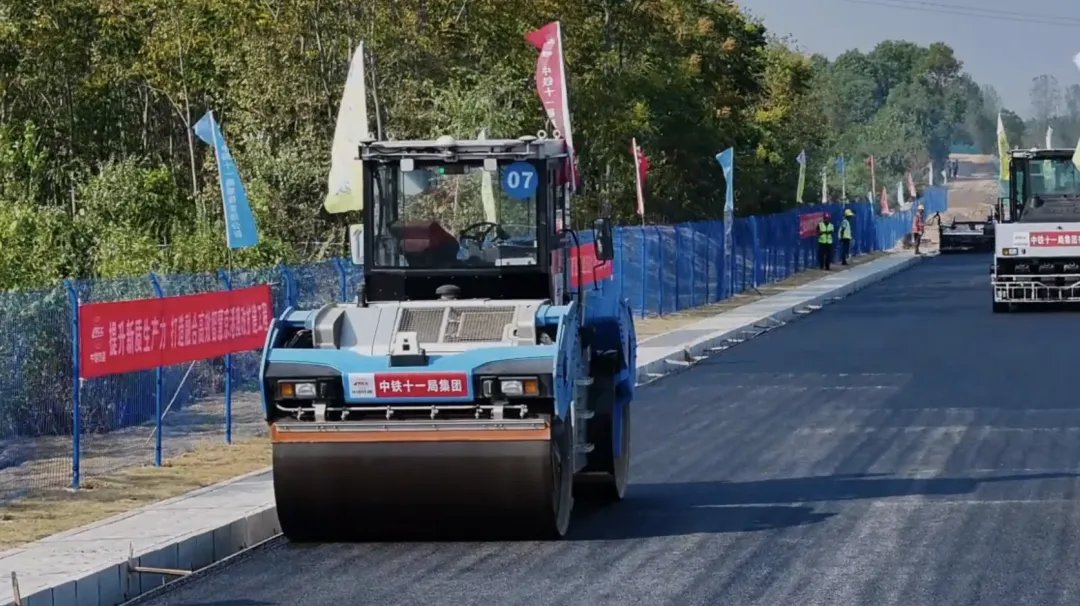Chinese media reports revealed a significant scientific achievement, stating that researchers at the China Institute of Atomic Energy have developed an artificial intelligence system capable of distinguishing between real nuclear warheads and decoy warheads used for deceptive purposes, with the aim of enhancing nuclear weapon verification mechanisms.
Although the original research paper cited in these reports has not been found, the available information indicates that researchers relied on constructing an artificial neural network trained with a vast amount of real nuclear data, along with data derived from simulations. During these simulations, researchers generated millions of virtual models of real nuclear warheads and decoys. Materials with specific radioactive properties were used to model real warheads, while materials such as low-enriched uranium, lead, and tungsten, known for their density and ability to mimic certain physical characteristics of real warheads without being nuclear, were used for the decoy models.
The primary objective of these simulations was to identify the unique neutron radiation behavior of each material composition, as fissile nuclear materials emit distinct neutron radiation patterns. The AI system was then trained using deep learning algorithms to analyze the flow patterns and intensity of neutron radiation, allowing it to classify a given target as either a real nuclear weapon or a decoy lacking active nuclear components.
To enhance the model's accuracy and confirm its effectiveness, the research team tested the system with real-world experimental data. According to reports, they obtained radiation readings from actual nuclear weapons using highly sensitive neutron detectors. To ensure the confidentiality of these weapons' engineering designs, researchers placed a protective shield made of polyethylene with fine perforations. These perforations allow a sufficient amount of neutron radiation to pass through for measurement and analysis while preventing the disclosure of sensitive design details.
However, the system faces several operational challenges and limitations. It is not designed to distinguish nuclear warheads during their ballistic trajectory, but rather for close-range verification within arms control and disarmament treaty protocols, as its operation requires radiation detection devices to be near the examined object for accurate measurements. Additionally, detection accuracy may be negatively affected if the warhead is shielded with materials specifically designed to absorb neutrons.
Beyond technical challenges, the system also raises political and strategic concerns. The reliance on artificial intelligence for nuclear weapon verification sparks questions about transparency and trust between nations. Due to the nature of deep learning algorithms, the system may classify a weapon as nuclear or non-nuclear without being able to provide a clear and detailed explanation for its conclusion, a phenomenon known as the "black box" problem in AI. This ambiguity could pose a hurdle in international verification processes that demand high levels of certainty and interpretability.









